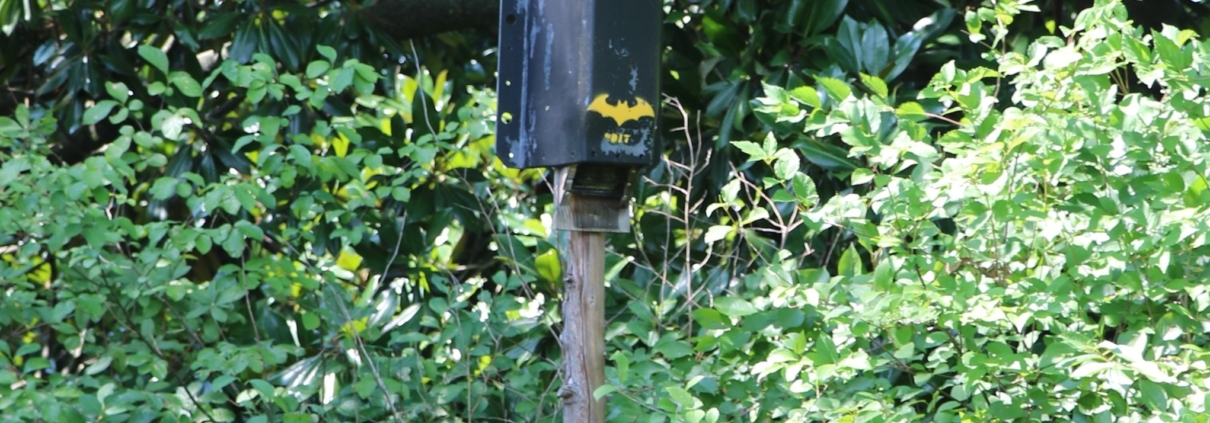Craft: Origami Bats
When we celebrate holidays like Halloween, we usually decorate with symbols like black cats, witches, pumpkins and bats. Bats might seem spooky, but they are actually an important part of our ecosystem. Bats eat bugs that people find annoying, like mosquitoes. They also eat other pests that might hurt plants. At Tudor Place, we’ve built a bat house in the garden to make it a welcoming place for bats.
Washington, DC is home to many different bat species. These species are broken up into two different main groups
- “Cave bats” hibernate in the winter and form groups called colonies in the summer.
- “Tree bats” are more solitary and travel long distances in the spring and fall.
Cave Bats found in Washington, DC include the Big Brown Bat (Eptesicus fuscus), the Little Brown Bat (Myotis lucifugus), the Tri-colored Bat (Perimyotis subflavus) and the Northern Long-eared Bat (Myotis septentrionalis).
This area’s Tree Bats include the Eastern Red Bat (Lasiurus borealis), the Hoary Bat (Lasiurus cinereus), the Silver-haired Bat (Lasionycteris noctivagans), and the Evening Bat (Nycticeius humeralis).
You might be able to see bats in your neighborhood just before dark. Even if you cannot, you can make some bats out of paper to decorate for Halloween.
Watch the video below to create your own bat origami:
Vocabulary:
Ecosystem: the interactions between all the living and non-living things in a specific place.


